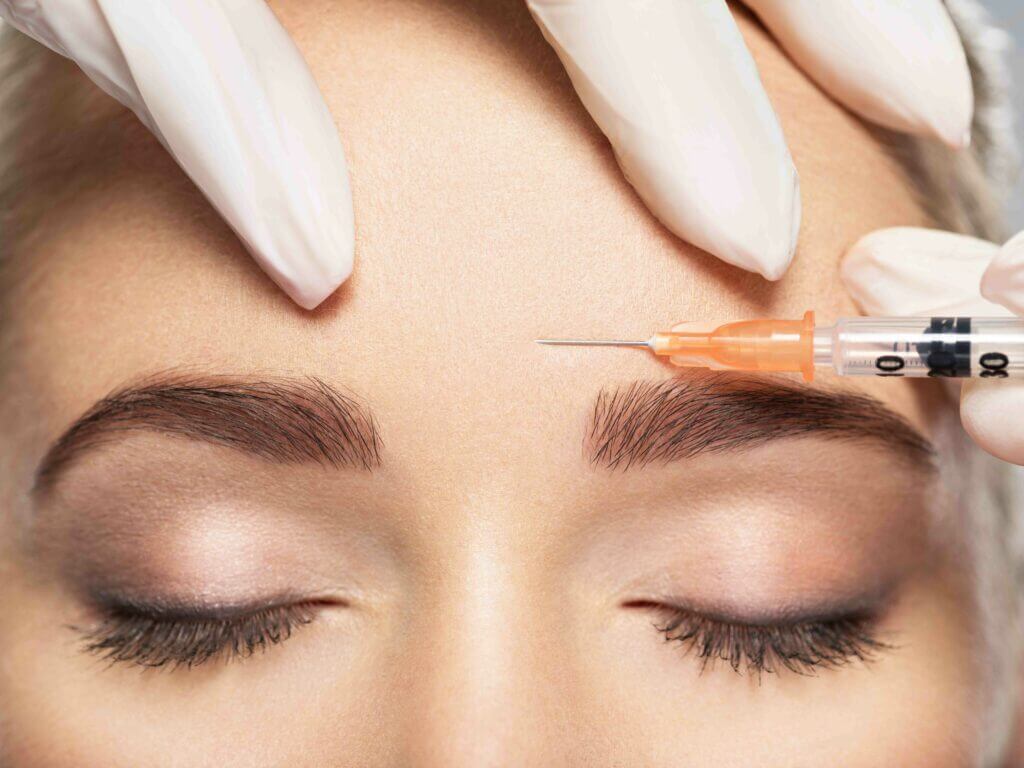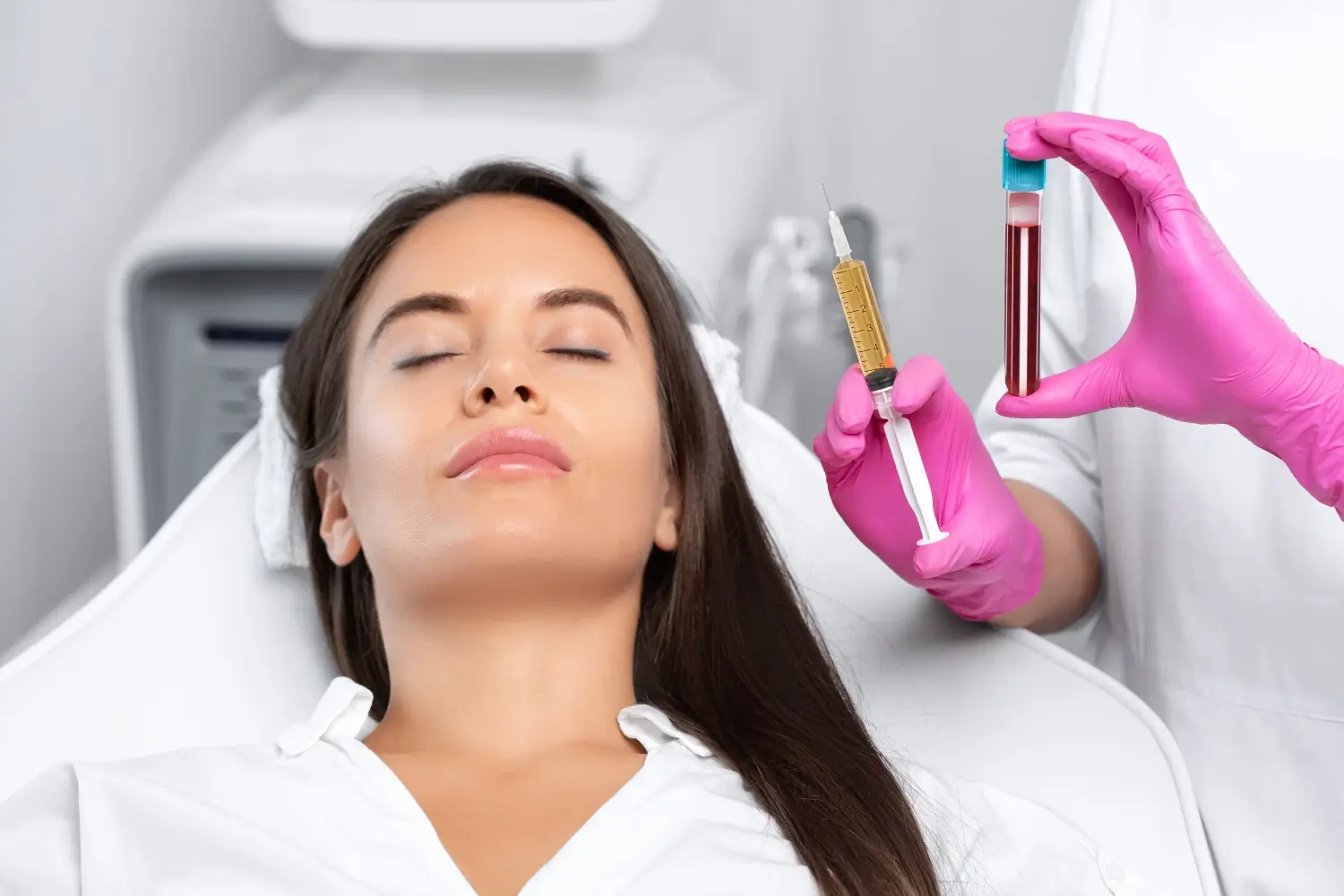
Modern science offers stunning advancements like Botox and Dysport. More than just wrinkle-smoothers, these neurotoxins also address medical issues like excessive sweating. With promising results, it’s natural to have questions about their benefits and safety. With its dedication to safe and proven facial treatments, Aluma Wellness in Orlando, FL, emphasizes this knowledge’s importance. This article explores these versatile treatments, helping you make informed decisions for rejuvenation or relief.
What are Botox and Dysport?
If you’ve been intrigued by turning back the clock without going under the knife, you’ve likely come across Botox and Dysport. But what exactly are these treatments? Let’s demystify these two marvels in the aesthetic and medical industry.
- They Are Neurotoxins: Botox and Dysport derive from the neurotoxic protein, Botulinum toxin. Don’t let the term “toxin” scare you—when administered in small, controlled doses, these substances work wonders in muscle relaxation.
- Here’s How They Work: These neurotoxins target the nervous system, disrupting the nerve signaling processes that stimulate muscle contraction. The result? Relaxed muscles, which lead to smoother, younger-looking skin.
- Origins in Medical Science: You might be surprised that Botox and Dysport initially gained approval for medical use, not cosmetic treatments. Doctors have used them to treat conditions like muscle spasms, chronic migraines, and even certain types of bladder dysfunction.
- Aesthetic Transformation: Of course, the world quickly discovered its cosmetic benefits. These treatments effectively smooth out wrinkles, frown lines, and crow’s feet, offering a non-invasive alternative to surgical facelifts.
- Botox vs. Dysport: Not Identical Twins: While they serve similar functions, they’re not identical. Protein structures differ, so they spread differently. Therefore, some people might find that one works better for them.
- Duration of Results: Both offer temporary results, usually lasting between three to six months, depending on the treatment area and individual factors like skin type and age. So, if you like the effects, you’ll need to revisit your healthcare provider for follow-up treatments.
- A Wide Range of Applications: Beyond aesthetics, these neurotoxins serve various medical purposes, from treating muscle stiffness in conditions like cerebral palsy to managing excessive sweating. Yes, they’re more versatile than you might think!
So there you have it! Botox and Dysport are not just fleeting trends; they have deeply-rooted scientific bases and multiple applications. Whether you’re seeking cosmetic enhancement or relief from medical conditions, understanding what these treatments are can help you make an informed decision. Stay tuned as we delve further into Botox and Dysport in future sections!
Botox vs. Dysport—Which One Packs a Punch?
So you’re convinced that Botox or Dysport could be the magic elixir for your cosmetic or medical needs. But a nagging question remains: Which one is more effective? While both have merits, subtle differences might make one a better fit for you. Let’s break down how each stacks up in terms of efficacy.
- The Clinical Studies Weigh-In: Several clinical studies have aimed to compare the effectiveness of Botox and Dysport. Generally, both have shown high efficacy in reducing wrinkles and treating medical conditions. However, some studies suggest Dysport might act faster, while Botox may last longer.
- Speed of Onset: Need quick results? Dysport often shows initial effects within 24 to 48 hours, while Botox might take up to 72 hours to make a noticeable impact. Consider this factor if you’re prepping for an event and time is of the essence.
- How Long Do the Results Last?: Although both treatments offer temporary results, their longevity can differ. Botox typically lasts between four to six months. Dysport can range from three to five months. Individual factors like metabolism and the treated area can influence the duration.
- Target Areas and Versatility: Both treatments are highly versatile, but the formulation differences may make one more suitable for specific areas. For instance, the broader diffusion of Dysport may work better for larger areas like the forehead, while Botox may excel in treating more diminutive, more targeted zones.
- Strength and Dosage: Though derived from the same toxin, they aren’t interchangeable unit-for-unit. Dysport tends to be more diluted so you may require a higher dose than Botox. It’s crucial to consult a medical professional for the proper dosage.
- Expert Opinions Add Credibility: Dermatologists and cosmetic surgeons often have their preferences based on years of administering these treatments. Consulting with multiple experts can offer valuable insights into which treatment might be more effective for your needs.
- The Importance of Individual Chemistry: Ultimately, the most effective treatment for you will depend on how your body reacts. Some resist Botox over time and switch to Dysport, or vice versa.
- Repeated Treatments: The Long Game: Both Botox and Dysport provide better results with subsequent treatments. The muscle-relaxing effects may last longer with each session, leading to extended periods of smoother, youthful skin.
There you have it—a comprehensive look at how Botox and Dysport compare when it comes to effectiveness. Remember, the best way to determine which will be more effective is through personal consultation with qualified medical professionals. Stay tuned as we cover more ground on these fascinating treatments!
Beyond Wrinkles, What Can Botox and Dysport Do?
When most people think of Botox and Dysport, their minds immediately go to wrinkle-smoothing and anti-aging. But did you know these neurotoxins offer far more than a youthful complexion? Their versatility spans both the cosmetic and medical realms, relieving various conditions. Let’s dive into the multiple uses of Botox and Dysport.
- Wrinkle Relaxer Extraordinaire: The most well-known application, without a doubt, is wrinkle reduction. Botox and Dysport excel at smoothing facial lines, particularly on the forehead, between the brows, and around the eyes.
- Say Goodbye to Excessive Sweating: Both treatments effectively combat hyperhidrosis or excessive sweating. A few injections can offer months-long relief if you’re tired of sweaty palms or underarms.
- Combat Chronic Migraines: Believe it or not, Botox has FDA approval for treating chronic migraines. Regular injections around the head and neck can reduce the frequency and intensity of these debilitating headaches.
- Tame Muscle Spasms: Medical practitioners employ Botox and Dysport to relax overactive muscles, treating conditions like cervical dystonia and eyelid spasms.
- A Helping Hand for Overactive Bladders: Yes, you read that right! Botox has shown effectiveness in treating overactive bladders, offering another avenue for those who’ve found little relief with standard treatments.
- Gummy Smile? Not Anymore: If you’re self-conscious about showing too much gum when you smile, targeted injections of these neurotoxins can lower the lip line for a more balanced grin.
- Jawline Slimming: Masseter muscle reduction is a lesser-known but increasingly popular use for these treatments. Injections into the jaw muscle can slim the face and are especially popular in specific Asian markets.
Consult a Professional
Though versatile, these treatments are not a one-size-fits-all solution. Individual suitability and effectiveness can vary, so consultation with an anti-aging expert is crucial.
Takeaway
Botox and Dysport offer more than cosmetic enhancements; they’re versatile treatments that can improve your health and well-being. If you want to explore these effective, non-surgical options, trust the experts to guide you. Take the first step towards a more rejuvenated you—contact us at Aluma Wellness in Orlando, FL, to book an appointment today.



